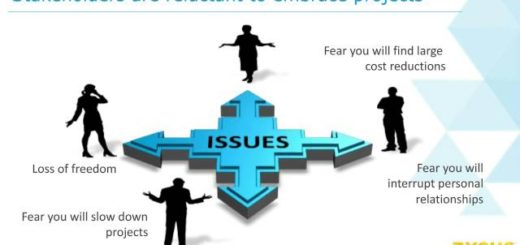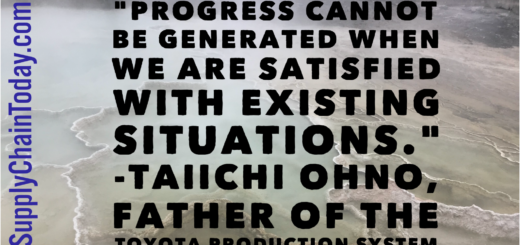A. G. Lafley, Former Chairman & CEO, P&G discussing open Innovation
A. G. Lafley, Former Chairman & CEO, P&G Open Innovation
A.G. Lafley is a business leader and former CEO of Procter & Gamble (P&G). During his tenure at P&G, Lafley implemented a strategy of open innovation, which involves actively seeking out external ideas and partnerships to drive growth and innovation. This approach helped P&G to successfully launch new products and enter new markets. In his book, “Playing to Win: How Strategy Really Works,” Lafley explains how open innovation can be used to create a winning strategy for a company. He also emphasizes the importance of having a clear and compelling “winning aspiration” and a set of strategic choices to guide the company’s innovation efforts.
Open innovation is a business strategy that involves actively seeking out external ideas and partnerships to drive growth and innovation. It is a way for companies to leverage the knowledge, resources, and expertise of a wide range of stakeholders, including customers, suppliers, academics, and other companies, in order to create new products, services, and business models.
There are several key components of open innovation. One is that it is open-ended, meaning that companies are actively looking for ideas and opportunities from a wide range of sources. Another is that it is collaborative, meaning that companies are working with partners to co-create new products, services, and business models.
There are different types of open innovation, such as:
- Inbound open innovation, which refers to the process of bringing external ideas and technologies into the company.
- Outbound open innovation, which refers to the process of taking internal ideas and technologies out of the company.
- Open innovation Platform, where a company creates an open innovation platform to connect with external partners, customers and suppliers to develop new products, services and business models
Open innovation can be beneficial for companies in many ways. It can help companies to access new technologies, ideas, and perspectives that they might not have been able to generate on their own. It can also help companies to tap into new markets and customer segments. Additionally, open innovation can help companies to reduce costs and increase efficiency by sharing risks and resources with partners.
However, open innovation also poses some challenges for companies. One challenge is that it can be difficult to manage and coordinate the various partners and stakeholders involved in open innovation. Another challenge is that it can be difficult to protect intellectual property and proprietary information in an open innovation context.
Overall, open innovation is a way for companies to leverage the knowledge, resources, and expertise of a wide range of stakeholders to drive growth and innovation. It requires a strategic approach and a willingness to engage with external partners and stakeholders to be successful.
CEO and Leadership Blogs.
- 50 Great Entrepreneurs share priceless advice. Jeff Bezos, Steve Jobs, Michael Dell, Mark Zuckerberg…
- Apple CEO Tim Cook Talks Steve Jobs, Apple Innovation and More.
- CEO Videos.
- Motivation – Bill Gates Speech at Harvard.
- Navy SEALs on how leadership defines a team.
- Oprah Winfrey on Career, Life and Leadership.
- Sir Richard Branson talks about Virgin, space & what industry he will disrupt next.
- Steve Jobs – Inspirational Speech “If today were the last day of my life”
- Steve Jobs’s Top 10 Rules For Success.
- Supply Chain Information Portal
- TED conference Richard Branson CEO Virgin.
- THE GREATEST BUSINESS ADVICE: Steve Jobs, Bill Gates, Warren Buffet ….
- The Productivity Secret Of The Best Leaders.
- Tom Peters: Business Today – Too Much Talk, Too Little Do.
- Tony Robbins: Why We Do What We Do.







































